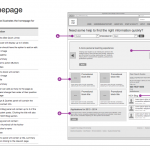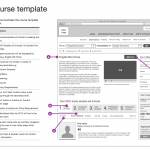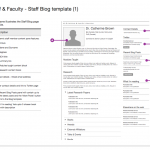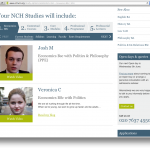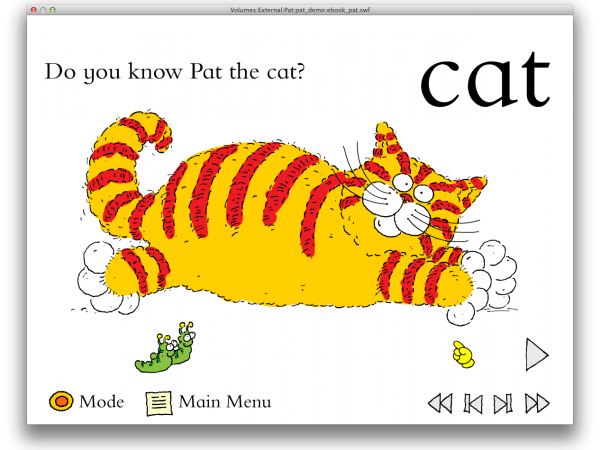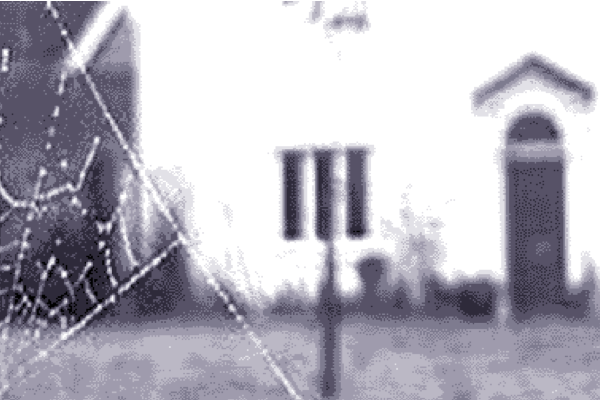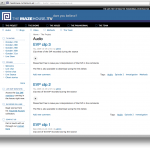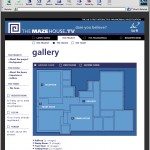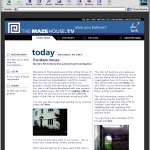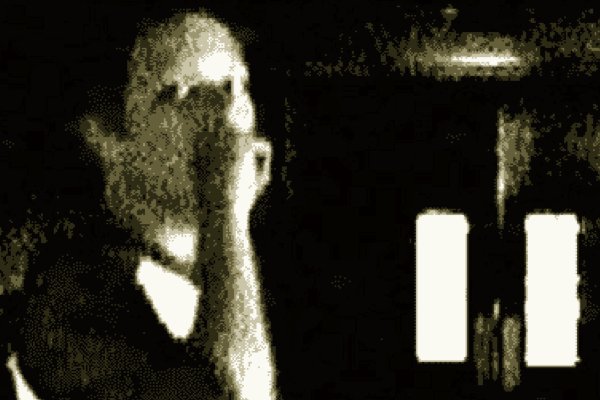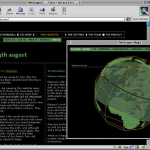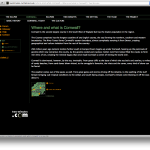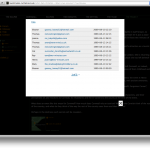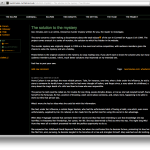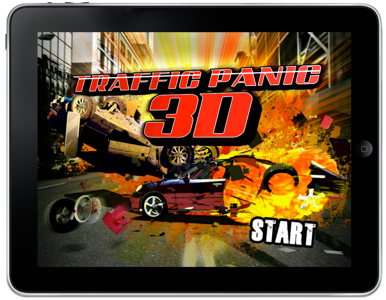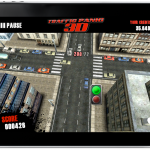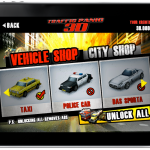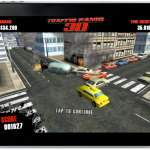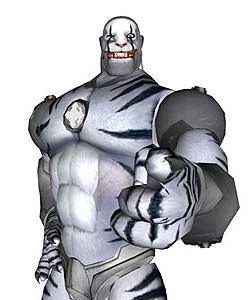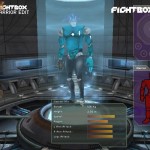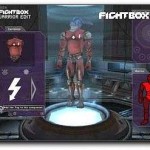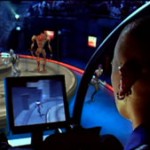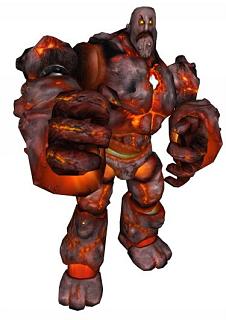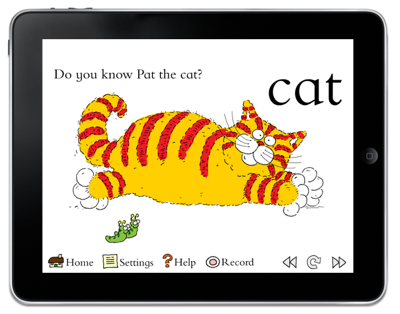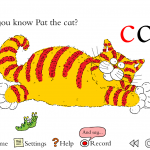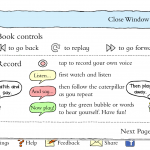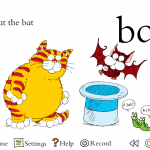Archive for
Working with the lovely and talented bunch over at Moon, in Cardiff Bay, I produced the web presence for the recently launched New College of Humanities (NCH) – the AC Grayling led University venture.
Something of a large-scale beast, the build required a content management system overhaul delivered on Drupal’s open source CMS framework, deploying a responsive design that allows prospective students, parents and media to browse and find relevant information.
I worked with Moon on the workshopping through to sketching and then into the wire framing and function and technical documentation.
Once completed, my main role was to ensure a smooth and purring delivery of production, liaising between creative and engineering teams alike, and ensuring a close contact with the client.
Built with Drupal 7’s CMS framework, the admin tools allow the NCH marketing team to maintain all site elements, while the responsive designs provide for desktop, tablet and mobile browsing.
- Click to view
My involvement and responsibilities covered the following areas:
- Workshopping
- Information Architecture
- Functional Specification
- Annotated wireframes
- Drupal administration
- Image and copy editing
- Project Management
We have been working with web projects since the internet ‘arrived’ in the UK in 1995. Since that time, we have had the pleasure of working on sites for major brands – Channel 4, FilmFour, Lego, The Economist, Boots, BT, BBC to name a few.
Here’s some of the most recent work. Lovelywork’s role was producer – overseeing the final delivery of the sites, all spick and span like:
Conceived as a classic genre follow-up to the originating two-minutes interactive drama ‘Mazehouse.tv’ was an original production commissioned by Universal’s Sci-Fi Channel in partnership with the ad agency, HHCL.
It was written and designed as a paranormal investigation on the Sci-Fi Channel, set over five days during the Halloween period (of course!).
Sci-Fi (now SyFy) provided broadcast slots that were traditionally used as interstitial slots, with the idea that viewers would get their daily broadcast updates about the investigation at the supposedly haunted house in Sussex.
Since it was commissioned as an interactive drama, as well as watching the TV episodes, viewers could interact with the team and the production in general – read and comment on daily blogs, access live chats during seances, send SMS messages to questionnaires, access ‘live’ EMF monitors in the house, even download their own ‘spook detector’ to search for spectral emanations at home.
- Click to enlarge
It was a blast from beginning to end.
There were many moments in this innovative drama that I’m proud of, but one sticks in the mind that illustrates the fun and the innovation of Mazehouse.
Along with Alice Taylor and Adam Schaub’s then company ‘Stor Entertainment’, we set up a ‘live’ chat after Episode 4, when viewers were encouraged to get online to join in a seance with Louise McMurray – the team’s psychic. Of course it was really us pretending to be the characters, typing out the seance lines.
Our ‘Scooby-Doo’ investigator characters – complete with Mazehouse.tv branded sweatshirts were:
- Steven Millington – Parapsychologist & Team leader
- Jon Ward – Sci-Fi Producer
- Louise McMurray – Psychic
- Jo Cargill – Technical Director
- Gary Mitchell – Systems Engineer
And here, across the series episodes you can see them in action.
Episode 1
Episode 2
Episode 3
Episode 4
Episode 5
We wrote it that tensions would build up amongst the team culminating in the final episode on Halloween itself – when ‘something’ would go terribly wrong, as you can see in this last episode.
Episode 6 – Mazehouse Live
We ‘cut’ the final broadcast (the ghost was well and truly in the machine by then), so viewers had to get online to see what happened to the team. Did they get out alive? This final clip was the ‘lost’ episode – available only to viewers who watched online.
As with two-minutes.com, Tobias Sturt, who wrote the script with me, has archived the original site for Mazehouse on Drupal, so you can step through the web creation at least, view the team blogs, read through on the mysterious history of Mazehouse and watch the six episodes via YouTube.
The whole production would not have happened without the support and brains of Ross Sleight, who was running the show at the digital arm of HHCL, who managed Sci-Fi account.
Thanks are due to Alex and Becky Wright who bravely donated their home for the duration of the production, to the director, Tim Usborne, to Tobias Sturt the writer, and to all the ghosts of the Mazehouse.
- 5 day interactive drama in realtime
- Web, LiveChat, downloads, TV, SMS
- Raised SyFy’s % share for peak viewing times
- Generated PR and awareness for Sci-Fi
Two-Minutes.com was an interactive drama I produced in 1999 (yes, that far back), while running the digital studio, BOMB Productions.
1999 was also the year of a lunar eclipse, and the best vantage point for viewing the spectacle was going to be the furthest point of the country in deepest Cornwall.
It was only a natural step then to conceive of a fictional documentary crew, who set off to cover the ‘two minutes’ duration of the eclipse, whilst also exploring the legends and locale of the area.
It was also only natural to weave into this premise a dark mystery in which members of the team were being inexplicably murdered…
Fuelling the idea under the business’s own steam, finances and collective talent, the Two-Minutes.com website was set up quickly with a number of important purposes – it was ‘the team’s own homepage as the hub of their coverage; it was the main entry point for visitors to arrive and engage in our murder mystery; and it was, importantly, going to appear on search engine results for people searching for information on the eclipse.
Channel 4 sponsored us along with Lastminute.com – who offered up a prize for the person who worked out who the killer was.
I then shipped the company down to Cornwall for a week so that we could effectively act out the tasks of the documentary team, by daily shoots, interviews and photos, along with releasing the next pieces in the unfurling mystery.
The trick of getting onto search results worked well – I think for a while we were even ahead of the BBC’s own coverage. Lord knows what people thought when they arrived at this strange melting pot of fact, fiction and murder mystery, but I like to think we entertained and intrigued.
The interactive element played out on a number of levels. The website grew daily with pleasing information on eclipses, blog postings, maps and diagrams; but also for the keen eyed, there was an admin link, and those people who had been subscribing the the newsletter would perhaps discover a password buried in an accidental mail outage to the subscriber list.
Finally, after the first murder, we then acted as the police investigation and interacted directly via emails and blog posts with the subscribed community, since they formed the witness base to the killing.
I guess what we were doing would now be termed an Augmented Reality Game (ARG), but we were very much ahead of our time, so no one had given much thought to abbreviating the genre – we were just having too much fun.
Once it emerged from the eclipse, the sun shone, so we even got some time on those beautiful Cornish beaches to round the week off.
Tobias Sturt, who worked for BOMB, and was the writer on the project, has created a Drupal archive of the original Two-Minutes.com where you can take a tour through the files and enjoy some of the flavour of what we got up to.
Huge thanks are due to Will Richards, BOMB’s Art Director at the time, and the kindness of his parents, Mike & Sheila, who donated their home for the duration of our production over that sunny memorable week, and Mike’s primary school (empty due to holidays) where we based ourselves as production HQ.
- Sponsored by Channel 4 and Last minute.com
- 500,000 unique visits in one week
- 5,000 registered users over course of drama
- Concept led to Mazehouse commission from Sci-Fi Channel
Now, had lots of visceral fun on this one – caught up in an endless car-crash, during a three month stint with the gaming company, Neonplay.
‘Traffic Panic 3D’, an action puzzler smash-em up, was released as a follow-up to the popular maiden title – a more two-dimensional affair, but a palpable hit in its own right. The game was designed for iPhone, iPad and Android release.
The game involved gaining points for spectacular crashes, or else trying to wheel-spin out of trouble altogether. A simple green/red traffic light tap mechanism aided the instantly addictive nature of the game.
Being a ‘freemium’ game, there’s the added option to purchase further vehicles or juicily combustible buildings and items like a Fireworks showroom and wrecking ball.
- Click to enlarge
I’d challenge anyone not to get drawn into the simple thrill of this Appstore hit – effectively the mobile equivalent of smashing cars together on the kitchen floor. Unsurprisingly my 4 year old son is very taken with playing both versions.
This fun trailer gets the message across well – it was created to promote the release of the game with in-game footage set to ‘The Blue Danube’…
I worked as producer on the delivery of the game to ensure the chaos could ensue in an orderly fashion through to final launch.
Since release ‘Traffic Panic 3D’ has clocked up some 9 million downloads and has become one of Neonplay’s biggest franchise hits, spawning ‘Traffic Panic London’ and the related smash-up ‘Carpark Carnage’.
‘FightBox’ was a cross-platform TV show I exec-produced broadcast on BBC2 and BBC3 and part funded by BBC Worldwide. It was a creative collaboration with TV production company, Ricochet (now part of the Shed Group).
‘FightBox’ was an original idea, which combined PC gaming, Internet, TV and Augmented Reality.
Using a trailer broadcast some months ahead of the recording, viewers were encouraged to go onto the BBC FightBox website and download their ‘FightKit.
- Click to enlarge
Once downloaded, a player could construct a virtual warrior and take it into a series of combat training exercises to generate a score which they could upload back to the BBC.
The top 100 players would then qualify for the TV Finals across 20 shows, within a specially constructed FightBox arena at BBC Centre, filmed in front of a live studio audience. The players would compete against each other in a number of contests while also fending off the Sentients, a group of ‘Gladiators’ style super warriors.
The eventual winner of the tournament would then have the honour of their warrior joining the order of the Sentients.
BBC Worldwide invested in the show format, producing the games engine which would then form the basis for commercial products – the PC, PS2 and Nintendo DS games.
Working closely with my co-exec, Nick Southgate at Ricochet, I oversaw the concept and product development, characters and technology from early drawings through to the final recorded shows and then finally into the edit room.
FightBox was broadcast on BBC2 and later on BBC3.
Given the initial desktop downloads for Pat the Cat and his other phonic friends were released well ahead of the iOS revolution, it was with some due creative satisfaction to finally produce Pat as an app.
With ‘Pat the Cat’ on iPad and iPhone I also wanted to add some unique features made possible by the transition to the iOS platform.
Children can now literally get to grips with the friendly fat cat while they learn the basics of the ‘a’ vowel sound. Now young users can press chunky controls to stop/start or refresh a page; stroke Pat to hear him purr; tap a caterpillar to make them laugh, or even tickle Pat’s feet to make him chortle.
My favourite added feature was the ability for children to record their own voices – so that they may repeat the sentences, and the large vowel and then on tapping these elements hear their voice played back to them. Parental guidance would be required, although I ensured we kept the ‘listen’, ‘say’, and ‘play’ sequence as simple as possible.
The app was awarded a ‘Kirkus Star’ by notable review site Kirkus Reviews, and featured in its top book apps for the year. Kirkus said:
‘Based on the picture book of the same name, this charming app is a flawless combination of music, sound effects, narration and interactive elements.
The experience isn’t merely entertainment, but an excellent tool to help emergent readers identify and practice the sounds and letters that make up words that rhyme with “at.” The star of this entertaining show is a very proper British cartoon cat, Pat, who wears a top hat and who, yes, is fat. “He’s even got fat feet!” says one of the endearing duo of caterpillars that move across the expansive white pages with satisfying clicks and bounce on top of each word as it is voiced. When Tat the Bat and Nat the Rat emerge from inside Pat the Cat’s top hat, more good-natured silliness ensues. The spot-on British narration and the droll, jazzy bass-line accompaniment round out this terrific app. There are a few well-chosen interactive features throughout, including a particularly helpful option for beginning readers to practice by easily recording and playing back their own voices. The only quibble one could possibly have here is with the humor at the expense of the overweight cat, but it is so good-natured (and such an obvious rhyme) that it can be overlooked.
This irresistible app gets everything right, proving that simplicity is sometimes best. (iPad storybook app. 2-7)’
Next in Pat’s evolution is being printed to iBooks very soon and hopefully Android at some point this year. Watch this space, Pat fans!
‘Pat the Cat’ is available for download on iTunes.


